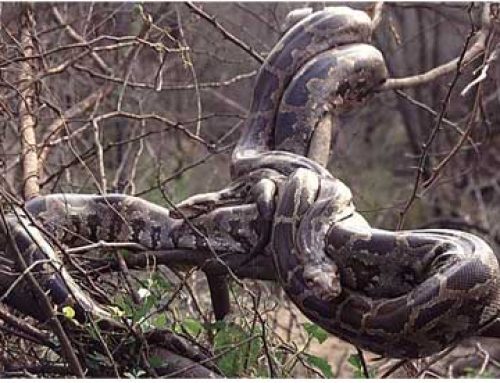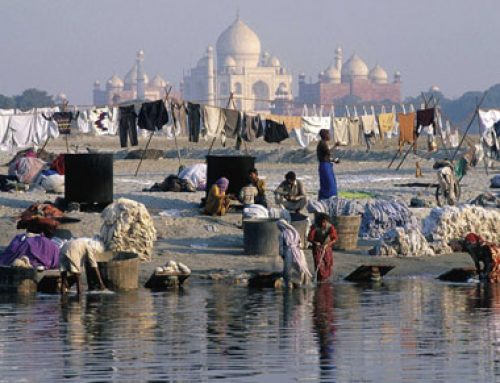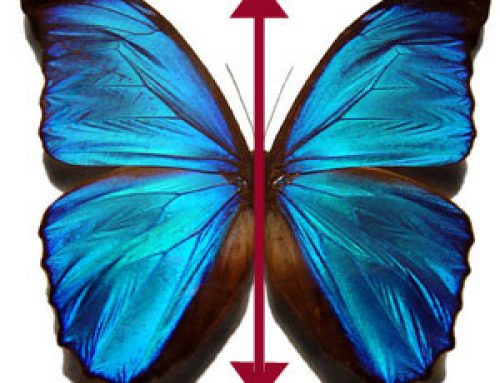
A boy making bread
You can see what yeast does by making bread at home. It doesn’t matter what recipe you use as long as the recipe calls for yeast, but here’s a good recipe for bread. You can buy little paper packets of yeast at any big grocery store, and all you really need for bread is flour, water, salt, and the yeast.
Make sure to pour the yeast into warm water. That’s because when yeast are too cold they just sit still and don’t bud into more yeast, and when yeast are too hot they die. To make your bread rise you want lots and lots of happy warm yeast.
You’ll need to leave your bread alone for a while to let it rise. That gives the yeast time to bud over and over again and make a lot of baby yeast cells. The dough rises because it is full of carbon dioxide gas pooped out by the yeast. The gas takes up more room than the flour molecules did before the yeast broke them up.

A loaf of bread
After the bread is baked, look for the little holes in the bread. Those were made by bubbles of the carbon dioxide that popped during the baking. They make your bread all fluffy and soft. (You could compare this yeast bread to pita bread or matzoh, which we make without yeast, to see the difference.)
When you bake the bread, it is so hot in the oven that the yeast all die, so there are no live yeast in the bread you eat.
What are Yeast?
Main eukaryote cells page
What are Vacuoles?
What are Eukaryotes?
Bibliography and further reading about yeast:




